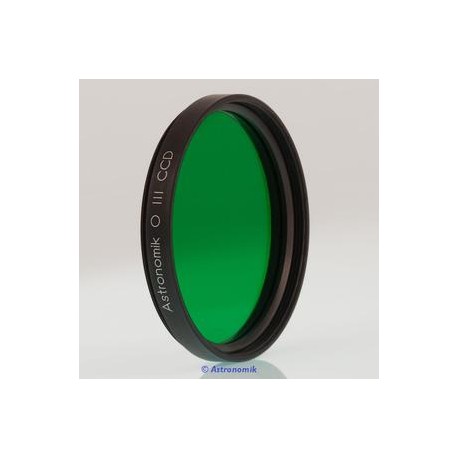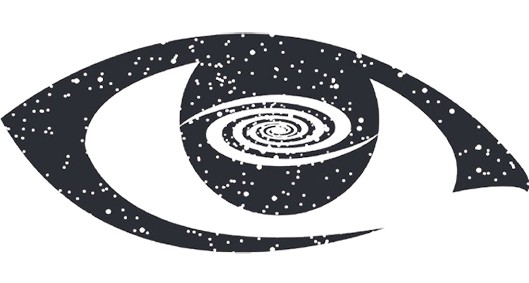No products
Prices are tax included
 View larger
View larger
Astronomik 2"12nm OIII CCD filter
Astronomik Filtre OIII CCD
New product
Astronomik 2"12nm OIII CCD filter
This product is no longer in stock
More info
Astronomik 2"12nm OIII CCD filter
Product description:
Astronomik OIII Filter
From the start, the Astronomik OIII filter has been very specifically designed for the visual observation of gaseous and planetary nebulae. The extremely narrow pass band of the two OIII lines brings a substantial contrast gain to these lines even under best observation conditions. On faint super nova remnants and faint planetary nebulae the Astronomik OIII filter will often make the difference as to whether the object can bee seen or not!
The optimal aperture ratio for the use of the filter is 1:3 to 1:15 with apertures of more than 6" (150mm). Transmission losses and chromatic distortions, which arise with other filters, occur with Astronomik OIII filters only when extremely bright aperture ratios of 1:3 and more come into play. The Astronomik OIII filters thus can expand the view of dispersed objects, generally speaking, to the whole visual field of view of the eyepiece and are not limited to only the center of the eyepiece.
Main use
Since enough light must be available to make use of the OIII filter it is best to use this filter with apertures of more than 6" (150mm). Smaller instruments do not gather enough light for meaningful and satisfying astronomical work. However, please note: Many experienced Deep Sky observers, with apertures of more than 10" (250mm), prefer using the OIII filter instead of the more versatile UHC filter. Due to the high optical quality of the Astronomik OIII filter substrate you will see the same needle-sharp stars as you would from your regular telescope.
In contrast to purely visual filters, photographic CCD filters have built-in IR-blocking, which prevents the optical problems caused by infrared radiation.
Specifications:
Capacity |
|
| Type | OIII-Filters |
| Connection (to the telescope) | 2" |
| Coating of optical system | multiple |
| Mount material | Aluminium |
| Frame | 2" |
General |
|
| Series | OIII CCD |
Area of application |
|
| Visually useful | yes |
| Useful for photographs | yes |
| Anti light-pollution | yes |
| Daylight and twilight observation | - |
| Moon | - |
| Mercury | - |
| Venus | - |
| Mars | - |
| Jupiter | - |
| Saturn | - |
| Uranus | - |
| Hydrogen nebulae | yes |
| Planetary nebulae | yes |
| Supernova remains | yes |
| Comets | - |
| Central stars | - |
| Twin stars | - |
| Galaxies and star clusters | - |

